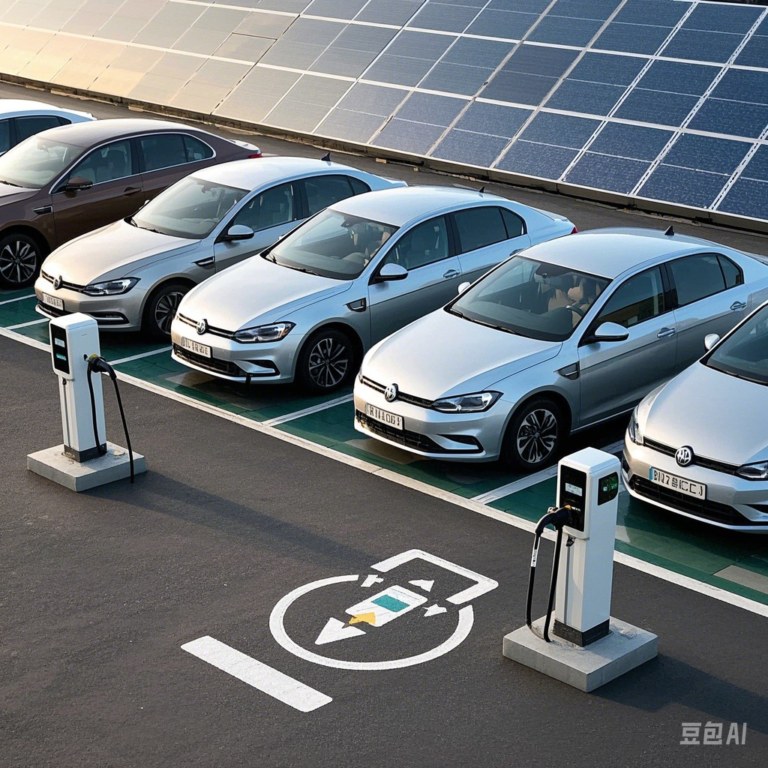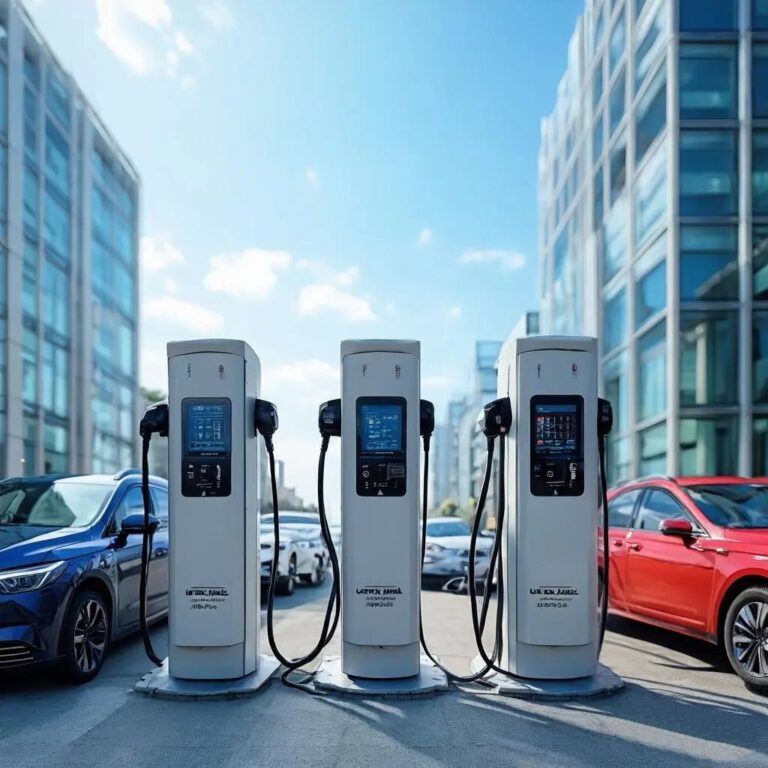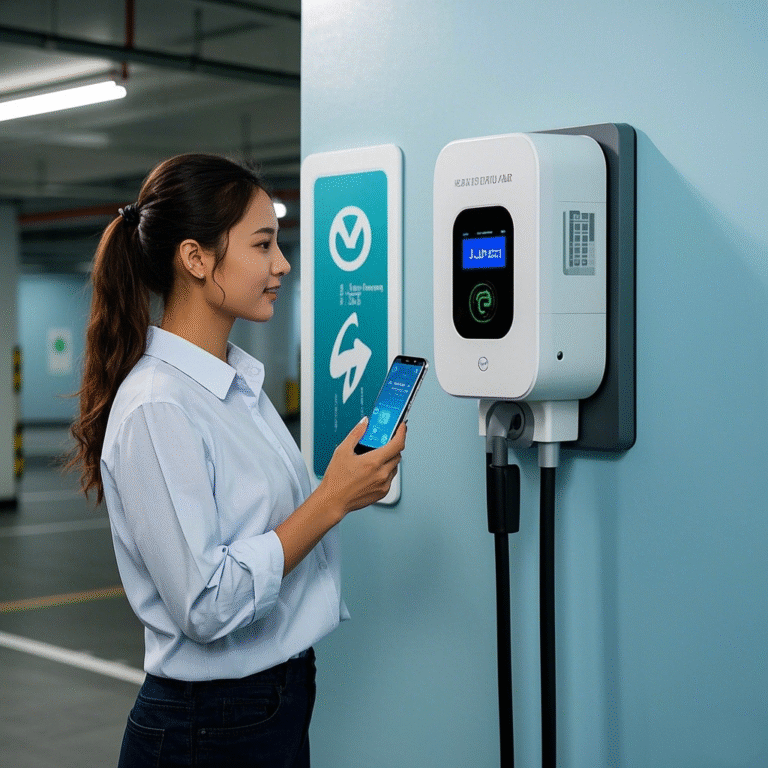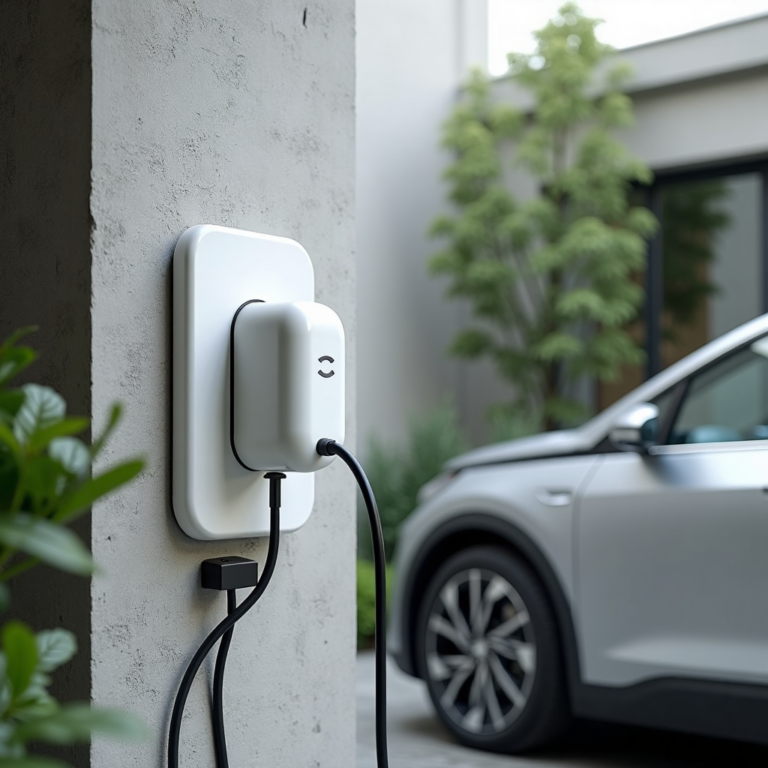Home AC Chargers: The Unsung Hero of EV Adoption in Emerging Markets
As electric vehicles surge across Southeast Asia, Latin America, and Africa, one critical component remains undervalued: home AC charging infrastructure. While flashy DC fast chargers dominate headlines, residential AC chargers are the silent engines powering real-world EV adoption – especially in markets where public networks are sparse. Let’s explore why.
The “Chicken-or-Egg” Dilemma in Emerging EV Markets
Imagine an EV owner in Jakarta or Bogotá:
- Public charging stations may be 30+ km away (only 1,500 public chargers serve Indonesia’s 270 million people).
- Unreliable grid power makes overnight AC charging safer than crowded public stations during peak hours.
- 80% of EV charging globally happens at home (IEA), but in emerging markets, this jumps to 90%+ due to infrastructure gaps.
Without accessible home charging, EV ownership becomes impractical. This stalls market growth – a classic Catch-22.
Case Study: How Thailand Solved Its EV Anxiety with Home Charging
Thailand’s EV adoption skyrocketed 300% in 2023, but early adopters faced “charge anxiety.” The government’s solution?
- Subsidized home AC chargers (up to 50% off via the “EV 3.5” scheme).
- Simplified permitting for residential installations.
- Grid partnerships to prioritize stable voltage for home charging zones.
Result: Home chargers now support 70% of Thailand’s 100,000+ EVs, reducing strain on public networks.
Why AC Chargers (Not DC) Are the Foundation
For emerging markets, AC chargers deliver unbeatable advantages:
✅ Grid-Friendly: 7-22kW AC units avoid overloading fragile grids (unlike 150kW+ DC chargers).
✅ Cost-Effective: Installation costs 5x less than DC stations.
✅ Scalable: Ideal for apartments, gated communities, and rural homes.
Our Solution: Safe, Stable & Future-Proof AC Charging
At EV CHARGER CLUB, we engineer AC chargers specifically for emerging market challenges:
- Voltage Guardians: Auto-adjusts to 160V-280V voltage swings (common in Brazil/Philippines).
- Tropical-Proof: IP66-rated casings withstand monsoon rains (tested in Thailand’s humidity).
- Smart Savings: Schedule charging during off-peak hours, cutting electricity bills by 30%.
“After installing our AC chargers, our Manila condo residents saw 24-hour charging access without a single grid trip.”
– Property Manager, Century City Development, Philippines
Home AC chargers aren’t accessories – they’re the bedrock of EV ecosystems in growth markets. By prioritizing safe, affordable residential charging, countries can accelerate adoption without waiting for billion-dollar public networks.
Ready to empower your market?
→ Explore our AC charger range: [BEST AC CHARGERS]

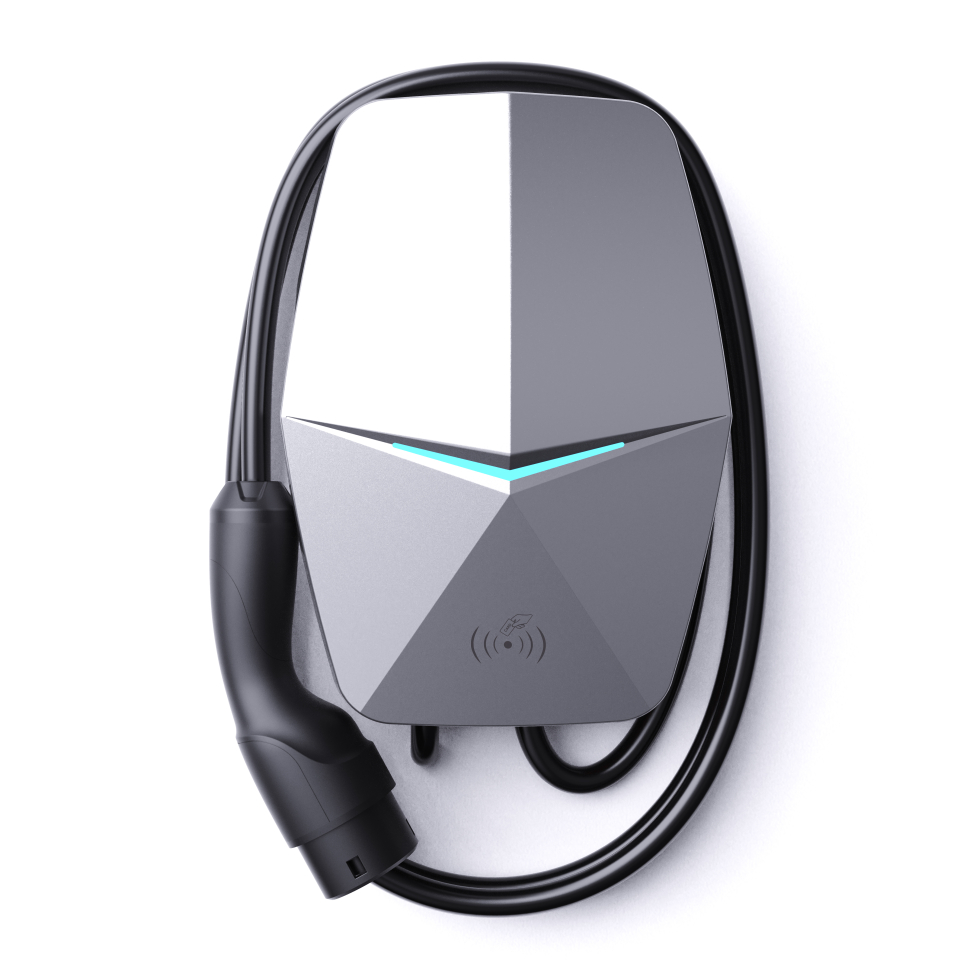
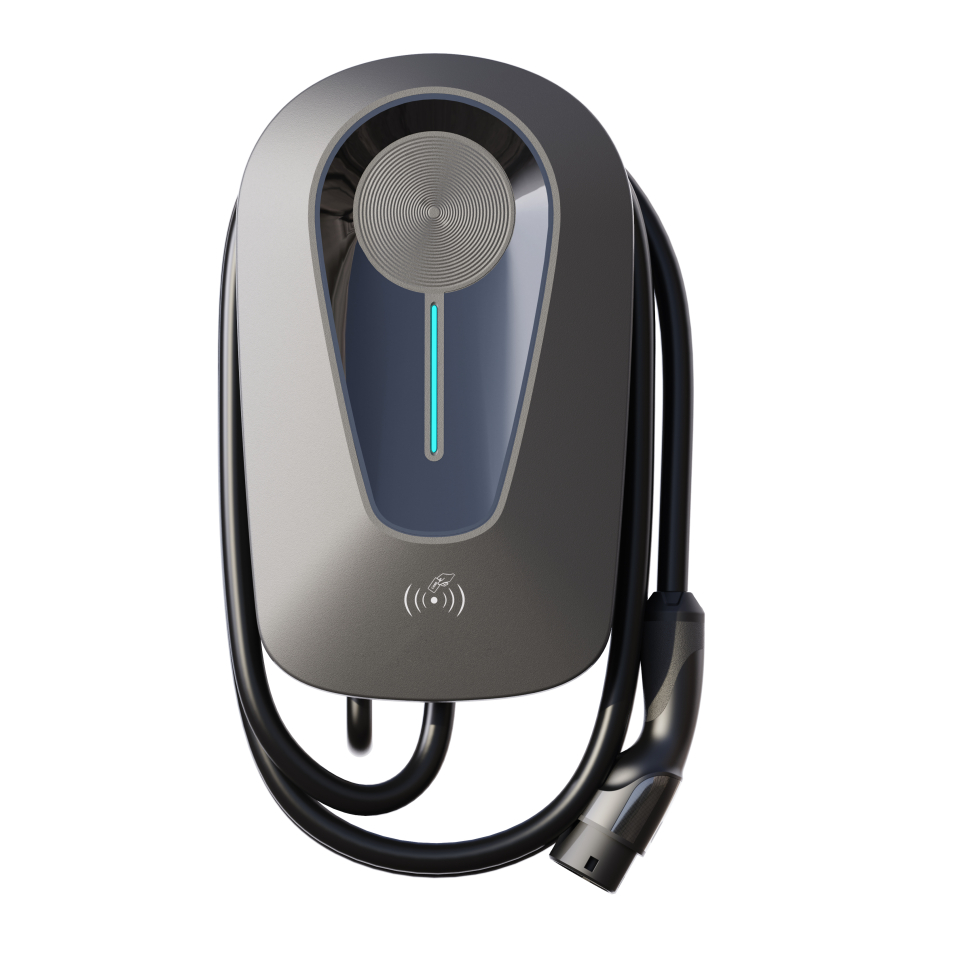
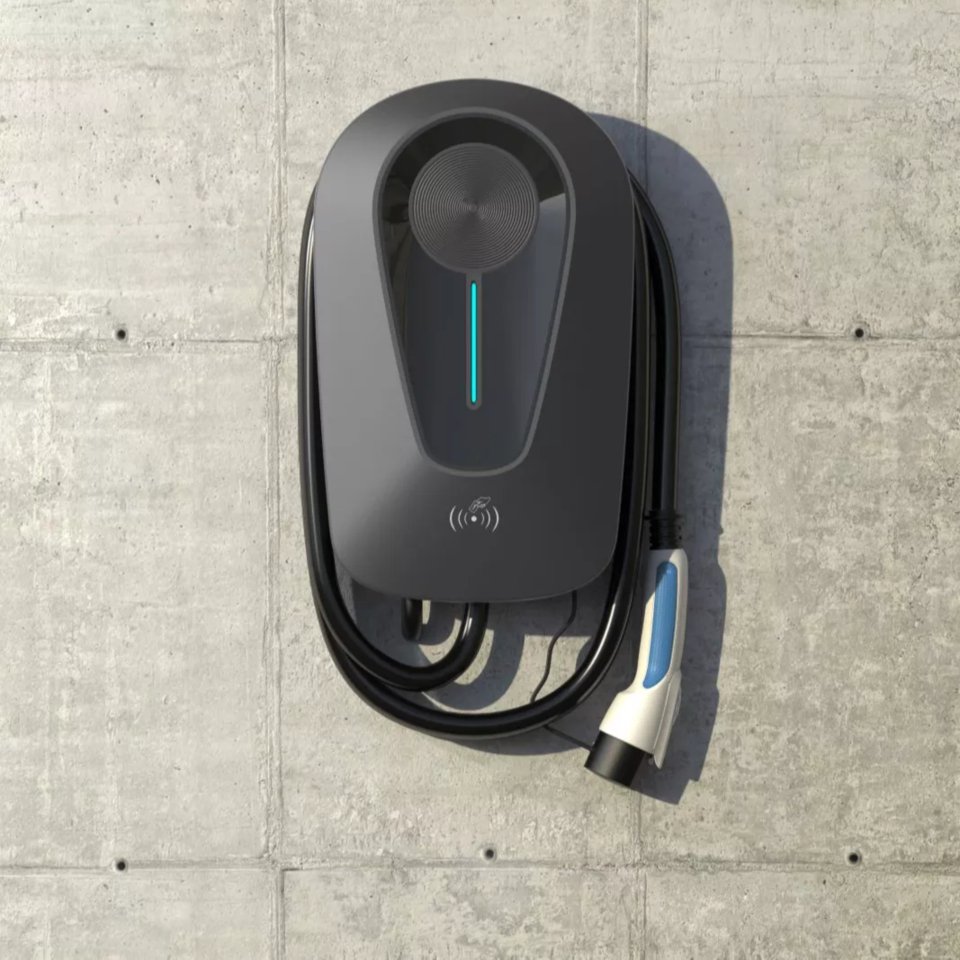
→ The guide of how to choose AC power and charger Types:


